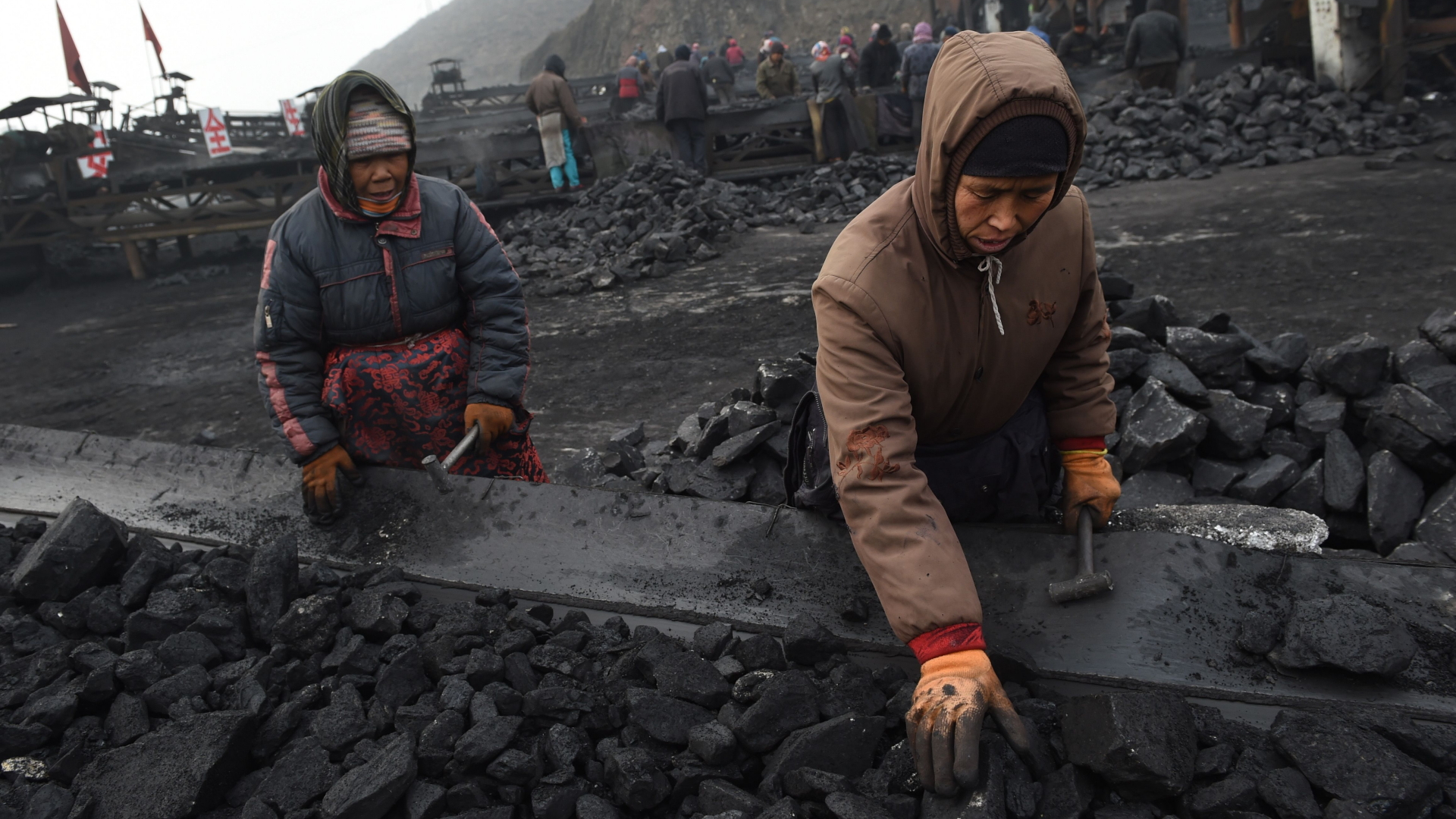China wants to become CO2 neutral by 2060. But until then it is still a long way. Because despite the promise of climate protection, new coal-fired power plants are connected to the grid in China every year.
From Steffen Wurzel, ARD studio Shanghai China is the world’s largest emitter of CO2, and the trend is still rising. The government has announced that the peak of CO2 emissions will be reached by 2030, only from then on less carbon dioxide will be blown into the air in China year after year. State and party leader Xi Jinping has also promised that the world’s most populous country will be carbon neutral by 2060. In order to achieve this goal, the communist leadership is massively expanding renewable energies. Several new nuclear power plants are also being built or are in the planning stage. The greatest challenge for China in terms of climate protection remains the enormous dependence on hard coal. Because in the People’s Republic around two thirds of the electricity is still generated in coal-fired power plants.
“China needs a complete U-turn on coal matters”
“There will be no solution to the climate change issue if we don’t also talk about China’s dependence on coal,” said Li Shuo of the environmental organization Greenpeace in Beijing.
China needs a complete U-turn in terms of coal. This is not only a question of environmental protection, but also has an economic aspect. With the many new coal-fired power plants, China is primarily burning money, not just coal. Incidentally, this also applies to the coal-fired power plants financed by China in other countries.  Workers in coal mine in Shanxi Province, China. Image: AFP
Workers in coal mine in Shanxi Province, China. Image: AFP
New coal power plants
It is not foreseeable that the proportion of coal-fired power generation in China will soon and rapidly decline. According to figures from the Global Energy Monitor, a non-governmental organization from San Francisco, new coal-fired power plants with a total output of 38 gigawatts went online in China last year alone. This corresponds to around 35 times the output of the controversial new coal-fired power plant in Datteln, North Rhine-Westphalia. At an economic conference in Bo’ao, South China earlier this week, China’s state and party leader Xi Jinping once again emphasized that he wanted to work with other countries on climate protection. At the same time, however, Xi also indicated that other standards should be applied to developing countries than to western industrialized nations.
Industrial nation or emerging market?
The decisive factor here is that while the People’s Republic has presented itself technologically and economically as a fully fledged, high-performance industrial nation for years, it describes itself as an emerging country when it comes to environmental and climate protection. In a conversation with German Chancellor Angela Merkel and French President Emmanuel Macron at the end of last week, Xi also made it clear: He strictly rejects a possible European tax on products from countries that have more lax climate rules than the EU, because China would be affected . So when it comes to climate protection, China’s communist leadership has promised a lot. But when it becomes concrete, many questions remain unanswered.





























































You must log in to post a comment.